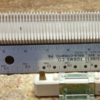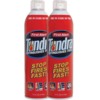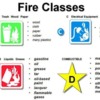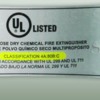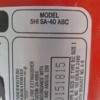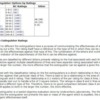As far as the "Tundra" extinguishers, absolutely, positively the WRONG choice. And worrying about "powder" on the layout is absurd. Fires grow quickly and exponentially. At an incredible rate. And the smoke can asphyxiate, and make it impossible to see in front of your hand. To worry about powder damaging the layout is a statement out of La-La land. And toxic smoke can kill as well as flames. I have removed the bodies of burned dead children from fires. It ain't a pretty sight. DO NOT UNDERESTIMATE THE DANGER FROM A LAYOUT FIRE! Extinguishers are rated by the UL (underwriters labs). The SOLE criterion should be the ability of the extinguisher to control a fire. On an extinguisher you will see the letters "A", "B", and "C", which indicates the class of fire they are able to extinguish. You will see a NUMBER on the side of the extinguisher. Some extinguishers are 2A,4B,1C. At a minimum, a 40ABC multi-purpose dry chemical should be selected, which have run between $40-$85 at Home Depot. The cost of a single freight car. Or a dinner for two. It will be the best investment you have ever made. They have a visible pressure valve. A UL approved ABC extinguisher will be suitable for wood, paper, electrical and oil fires. Remember to look for ALL three letters. And the "UL" or underwriters labs approval. Dry chemical extinguishers have a control valve/handle and you can stop the discharge when the fire is extinguished.
I might add NEVER EVER HESITATE TO CALL 911 and the FIRE DEPARTMENT!!!!
This is what they get paid for! And they have no objection to showing up, even if not needed.
If there is smoke, you tell them you "have a condition".
If there is s fire, and you are going to extinguish it, tell everyone to evacuate and call 911!





